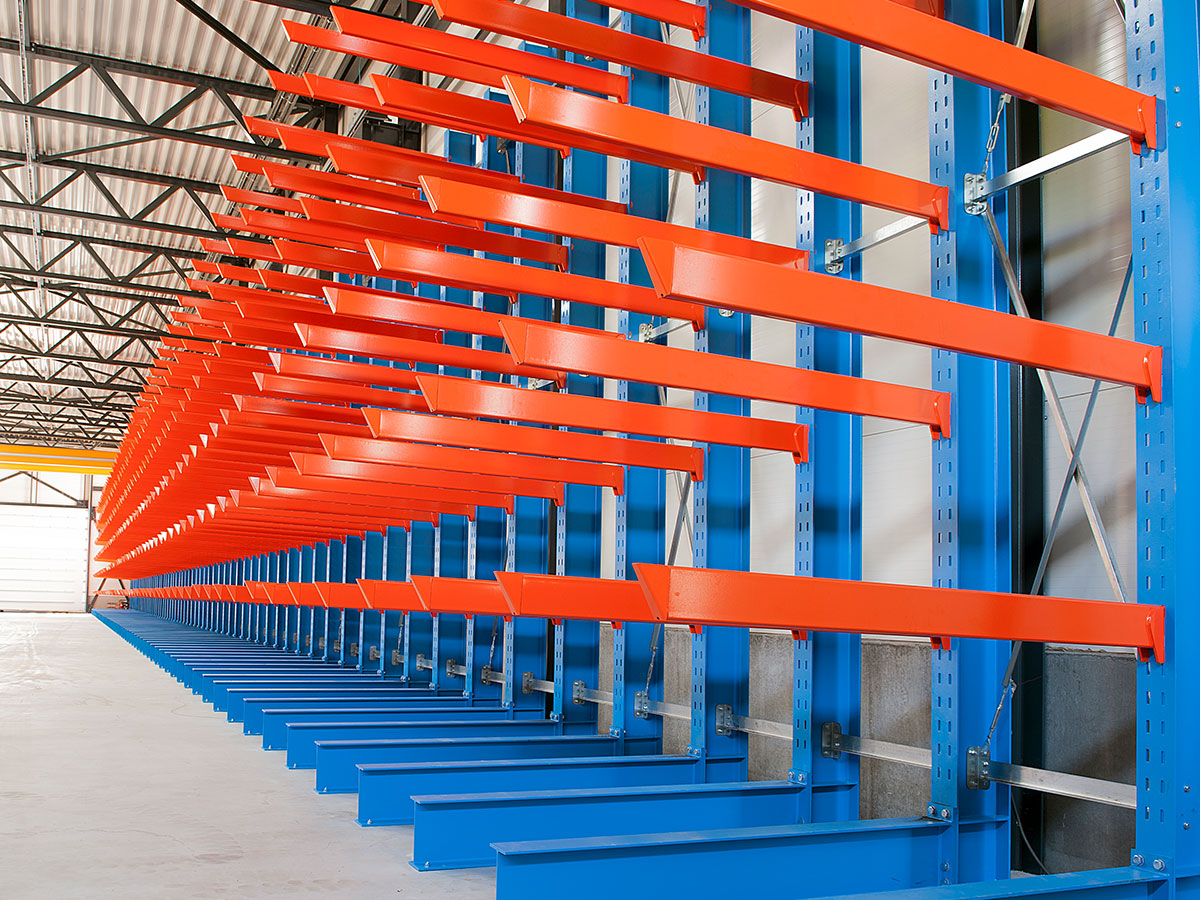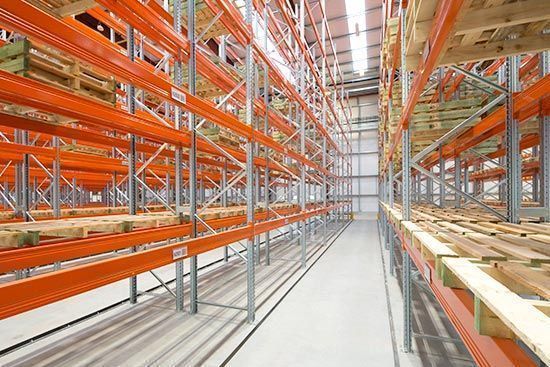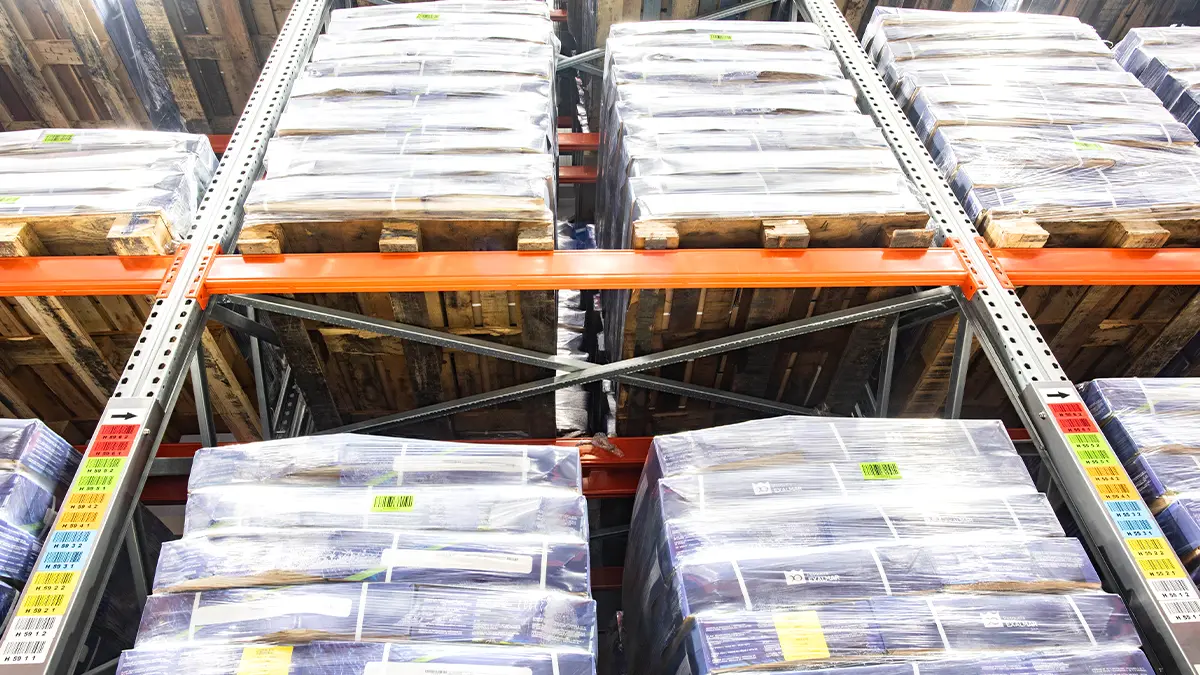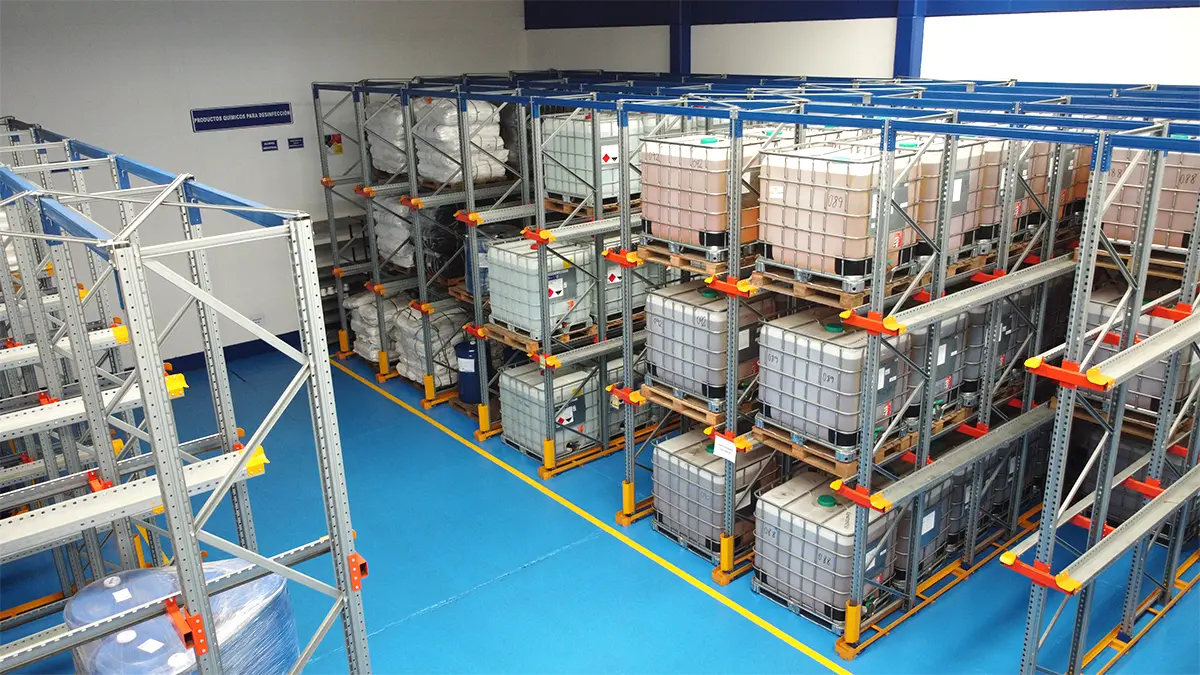The Just in Time (JIT) inventory method is a methodology originally created to organise production whose objective is to have only the necessary amount of product, at the right time and place, and to eliminate any waste or item that does not add value.
The Just in Time System is currently widely applied in the logistics processes of warehouses to achieve the highest possible efficiency throughout the supply chain.
It is a system of simple definition but of complex application since it requires great coordination and organisation between all elements that interact in the supply chain.
Origin and operation of the Just in Time (JIT) System
The “Just in Time” system dates back to 1950's Japan, when the Toyota automobile company started to use its own production system “Toyota Production System” which over the years was perfected to define the current Just in Time method.
The objective behind the system was simple, to eliminate from or reduce in the production process any element that did not add value. In short, to achieve efficiency through simplicity, a philosophy deeply rooted in Japan.
These elements could be raw material or equipment or warehouse space, therefore reducing costs, deadlines and resources.
The Just in Time method soon began to be applied not only in the production process, but also in all areas of the company, due to significant improvements in competitiveness experienced by companies that implemented it.
The JIT philosophy took hold among Japan's leading companies, and later, although with greater difficulties, among western companies.
With JIT, there is a change from a “Push” type system in which each phase of the chain accumulates its production until it is required by the next phase, to a “Pull” system in which each phrase requests from the previous phase of the supply chain the quantity required, so that only what is needed is produced.
Just in Time method in warehousing and logistics
Since its origins in the 1950s, the Just in Time system has been applied to optimise the storage space used by companies.
The small territorial area of Japan meant that one of the most valued factors in companies was available space, and therefore one of the main advantages that JIT provided was saving space by reducing excess stock.
The application of the Just in Time system in a company requires a perfect logistics operation, with full communication and organisation between suppliers and customers in the supply chain.
The “Just in Time” system applied to logistics directly affects the stock management process, order preparation, transport management, and the customer and after-sales service.
This challenge becomes even more complex, if possible, with globalisation and the growth of online shopping, which requires the service in very short times and a very high available stock level in the warehouse.
Warehouses must be strategically located to fulfil their role within the supply chain, either at the place of manufacture or at an intermediate point for distribution.
To apply the Just in Time philosophy correctly in the warehouse, all phases that do not add value to the process must be eliminated, so the storage system to be installed and its type of management and product flow must be analysed thoroughly, distances travelled by operators and forklifts reduced, order preparation times also reduced and the process of receiving and dispatching goods simplified.
Maximum optimisation of the Just in Time method can be achieved with the installation of an automated storage system that optimises all the above tasks.

Advantages and difficulties of the Just in Time system
The main advantages of the application of the Just in Time system are:
- Reduction of the inventory stock level. Only the necessary quantity requested by the next phase of the supply chain is produced, thus optimising product storage time and use of space.
- Avoidance of expiration or deterioration of products stored for too long. The JIT system will need to rely on the optimal warehouse management system to ensure this correct stock rotation.
- Goods loading and unloading times are reduced.
- Reduction of storage and inventory costs and therefore improvement in competitiveness of companies.
- It is a highly adaptable system once implemented, as it simplifies all phases of the supply chain.
However, the JIT system also has a series of difficulties or disadvantages that must be assessed before implementing it in a company:
- An erroneous implementation of the Just in Time system may mean delays or lack of stock in some of the phases of the supply chain, which would mean a delay in the next phases.
- It requires great coordination and communication between customers and suppliers; all participants in the supply chain must be informed of the situation in the rest of the phases.
- The Just in Time philosophy must be adopted by the entire company. Without the involvement of all areas of the organisation, its correct implementation is complex.
- By purchasing in smaller quantities, the supplier’s purchase prices are likely to be higher.
- Increases the cost of changing suppliers if this is necessary. For this reason, the reliability and seriousness of the supplier is key in the Just in Time system.
How to apply the Just in Time system in a warehouse
To implement the Just in Time (JIT) method adequately in a warehouse, the following must be considered:
Design of the layout reducing distances travelled
The initial design of the layout the warehouse is key when implementing the Just in Time system.
A warehouse layout must be designed that reduces the distances that forklifts and operators have to travel and that simplifies the flow of goods between the different areas of the warehouse.

Define the storage system adequately
Another key point is the industrial racking system chosen to store the stock in the warehouse.
Generally, storage systems that facilitate the flow of goods and stock control, such as FIFO management systems, are used.
Optimum efficiency can be achieved with the automation of the storage system, thus eliminating operators’ manoeuvres and carrying out automatic stock control.
Semi-automatic systems such as the AR Shuttle pallet racking system or fully automated systems such as the AS/RS Automated Warehouses, Clad-Rack Warehouses or Miniload Systems for light loads can be installed.
Streamline the reception and dispatch process
To optimise times in a warehouse the reception and dispatch process for goods is a phase that also requires attention. A smaller quantity of goods will be received with the Just in Time system so the process must be faster.
It is advisable to install automated loading and unloading systems for goods.
Perform strict inventory control
Once the warehouse has the correct layout, an appropriate storage system and a fast loading and unloading process, the company must ensure that the process works through strict and constant inventory control.
This phase is vital in the Just in Time system because any stock imbalance will cause a delay in the entire supply chain and therefore the malfunction of the method.
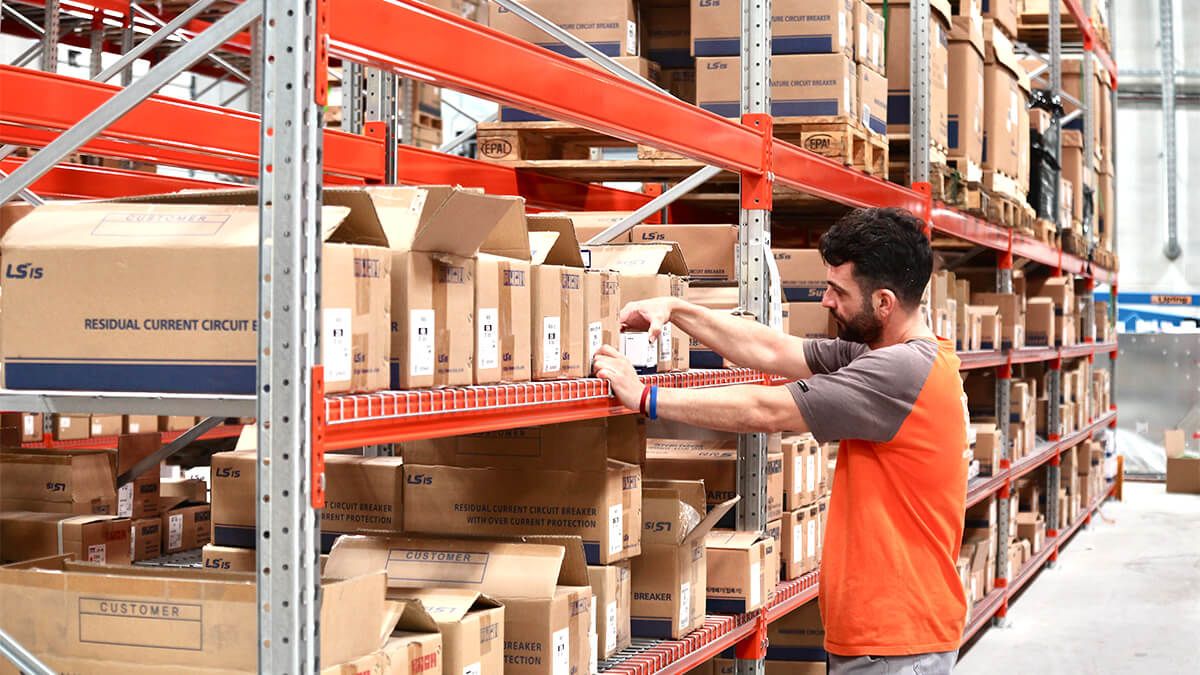
If you want to install a storage system to implement the Just in Time system in your warehouse, contact our team by clicking here and we will advise you on your project.






